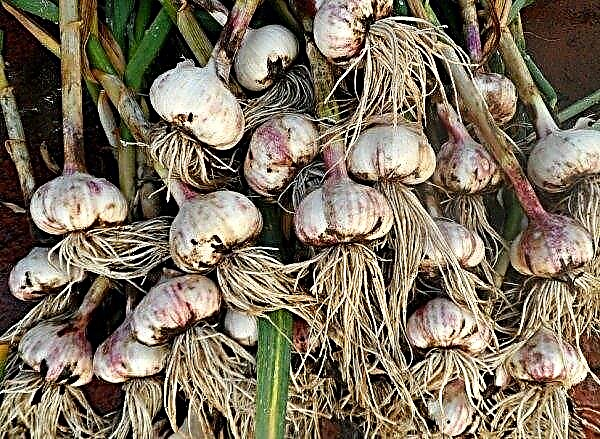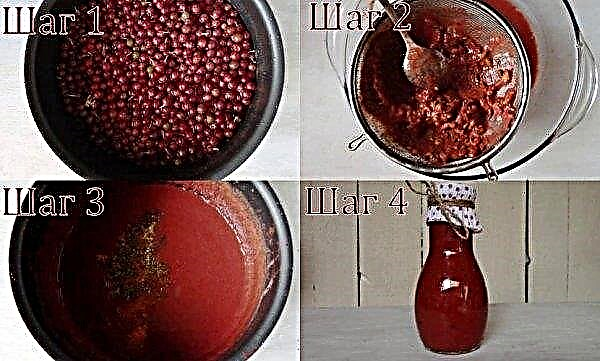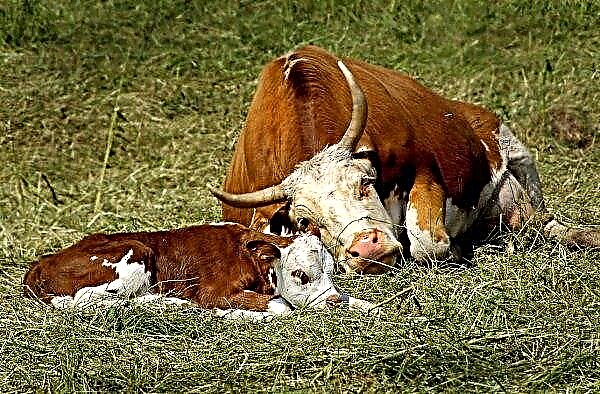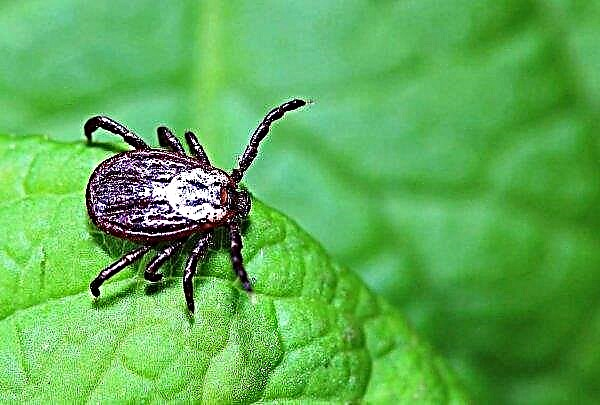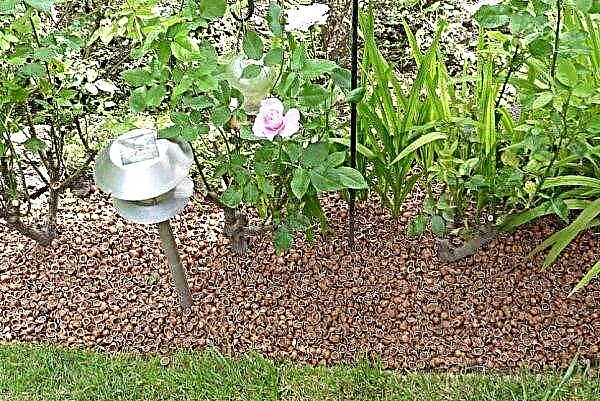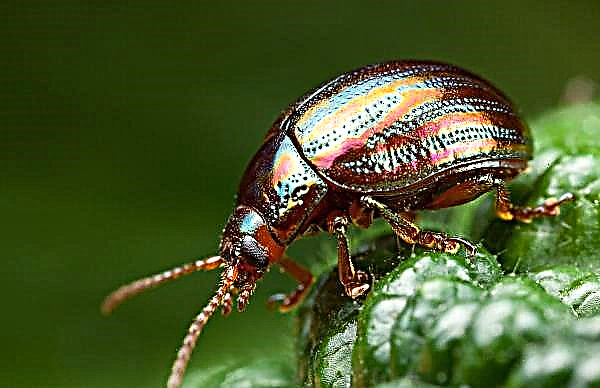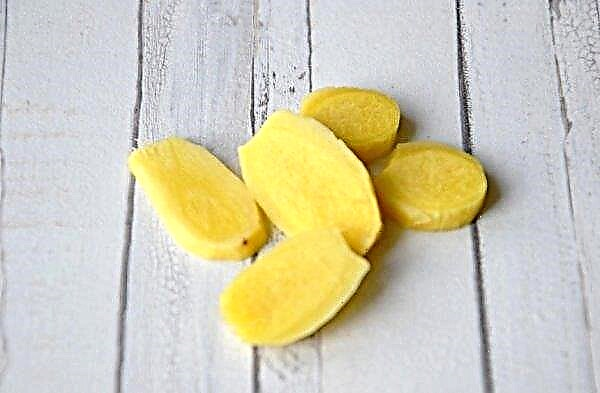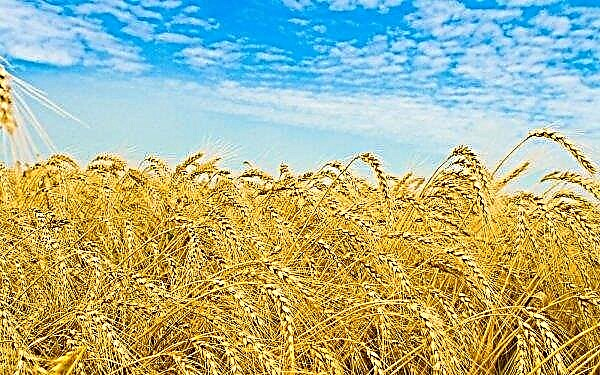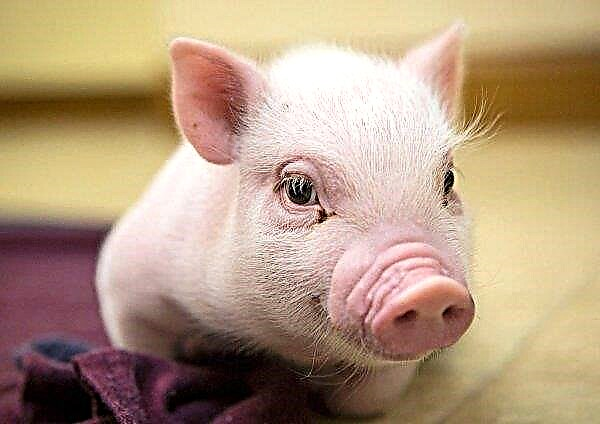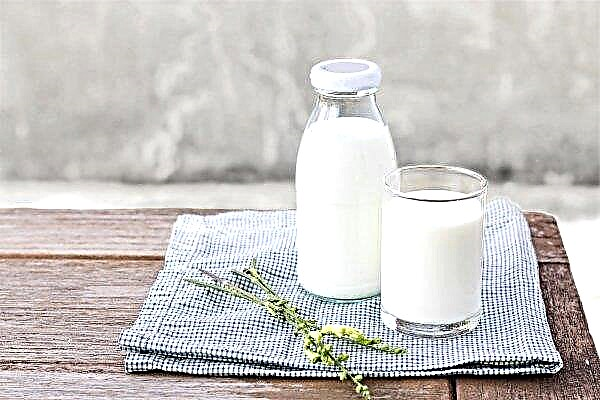The summer cottage with a small area and a considerable number of trees the owners want to diversify with flowers and shrubs. However, they often have nowhere to plant. The way out in this situation is to plant under the trees. The article discusses the features of plant growth under a tree such as pine. You will learn what crops and why it is permissible to plant under the representative of conifers.
Features of growth under a pine
Experienced gardeners practice growing pine on both a small and a large plot. This beautiful and powerful tree has a disinfecting effect, filling the air with volatile products.
Important! Crops needing frequent introduction of organic nutrients should not be located near the pine trunk. The reason for this is the high risk of decay of the area between the upper root and the site of vaccination.
Thinking about what to grow in the garden under a conifer, you need to consider the following factors:
- The shading created by the forked part of the tree. Plants that love partial shade can survive near the pines.
- A dense carpet, over time, formed by falling needles, which not all cultures will like.
- The high level of soil moisture caused by fallen pine needles.
- Increased soil acidity. In the area around the tree you can constantly see coniferous litter acidifying the earth. Therefore, it will be comfortable near the pine plants, preferring acidic soils.

What can be planted next to pine trees
As a bright representative of conifers, pine can be used to organize an entire composition of herbs, flowers, shrubs and cereals. At the age of 2-3 years, the culture needs careful care, so it does not always respond positively to the close planting of plants that claim nutrients. However, her neighbors are among all classes of vegetation. With most of them, the tree enters into a symbiotic relationship.
Shrubs
The colorful appearance of the pine accentuates the contrast with shrubs.
Did you know? The highest of all species of pines is Lamberta. In nature, it grows mainly in the United States and Canada. Old trees reach a height of 70–80 meters.
Near your coniferous trees you can plant a number of shrubbery plants, including:
- lingonberry;
- Blueberries
- juniper;
- stone berry;
- grounded;
- Gauleria lying;
- rhododendron;
- barberry;
- marsh rosemary;
- rosehip;
- hairy broom;
- ling;
- dogwood;
- irga;
- Kalinolistny;
- spirea average and St. John's wort;
- rhododendrons.
Herbaceous plants
This group of plants is desirable to bring from a pine forest. Open pine or sleeping grass grows well in pine trees, they are beautiful with large curtains in early spring, and for the summer there is carved foliage with a slight pubescence, which is also quite nice.
They will feel great: thyme, bought, awl-shaped phlox. The beds with strawberries near the pine will not leave you indifferent. These two cultures will combine well. The princes and girl's grapes also look beautiful.
Some representatives of the Liliaceae family coexist under the needle. These spectacular perennial herbaceous plants can be positioned as early as 50 cm from the trunk. They adapt perfectly to acidic soil. You can calmly water these herbs - the tree itself will receive moisture. In this case, there will be no overflow, leading to rotting of the bulbs.
Of the ferns you can arrange: thyroid, ostrich, coomber, common golokomnik, bracken, host. Of succulents, you can plant stonecrops. The area around the large tree is an ideal place for heather plants and evergreen Erica. Here, rhododendrons will feel great.
Needles will also have a positive effect on the growth and flowering of azaleas and jerboas. These herbs just need soil with an acid reaction. You do not have to mulch the planted grass, everything is already ready - right down to the planting ground.Did you know? Swamp pine - the owner of the longest needles among all conifers. Her needles reach 40 in length–45 cm
It is permissible to plant fescue or cloves grassy, trap, soapwort and crocuses. On the tree itself, you can put the Baltic ivy.

Flower bed under a pine
When creating a composition, even capricious roses can become pine neighbors. Peonies will also be an excellent option - they prefer bright areas, but suffer the absence of direct sunlight in the middle of the day. In the southern areas, next to conifers, you can plant an orchid - the substrate for this flower should consist mainly of pine bark.
Under the evergreen perennial lilies of the valley can grow. Snow-white inflorescences appear in late spring. When organizing a flowerbed under needles, it is advisable to choose forest crops, for example, forest trees, snowdrops, muscari, and the initial letter. It is permissible to plant daffodils, crocuses and tulips - they will create an incredibly colorful composition. An ordinary bell-round bell and some types of alpine bell are suitable. All these flowers tolerate the transplant well and propagate splendidly by self-sowing.
It is permissible to plant daffodils, crocuses and tulips - they will create an incredibly colorful composition. An ordinary bell-round bell and some types of alpine bell are suitable. All these flowers tolerate the transplant well and propagate splendidly by self-sowing.Petiole and garden hydrangea are also successfully bred. In order to regularly change the landscape, it is recommended to choose annual forest flowers, devoting a minimum amount of time to care for them. Forest violets will feel very comfortable.
Suitable trees
Often the owners of the plots complain of a large number of needles falling from an adult pine, which causes a lot of trouble. This feature of conifers is considered both a disadvantage of pine cultivation on the site, and a great advantage. The fact is that the needles are an excellent mulching material for most fruit trees.
However, in order to prevent dangerous diseases from developing, it is undesirable to grow aspen near a pine tree. These plants are sources of infection for each other. The safe distance for planting these trees is 250–300 m.Important! It is forbidden to plant a birch near a pine tree - it suppresses conifers. The pine and Mongolian oak are also incompatible.

Cereals
Cereals are characterized by an amazing ability to look harmoniously in any composition. They are divided into annual and perennial, heat-loving and winter-hardy, stunted (15–40 cm) and tall (more than 90 cm). Most of them bloom inconspicuous inflorescences. The value of cereals in landscape design lies in the decorativeness of leaf plates.
So, under the evergreen perennial and next to it you can plant the following cereals:
- rye;
- reed;
- fescue;
- miscanthus;
- meadow
- barley mane.

Mushrooms
On a garden plot next to a coniferous tree, you can grow mushrooms such as butterflies, honey mushrooms, rowovka, pine saffron mushrooms, greenfinch. Also get along white, chanterelles, bryophytes, russula, thrush, mushrooms, umbrellas, govorushki.
 At the same time, there is a high risk of the appearance of poisonous mushrooms - fly agaric of red and panther, pale toadstool, false honey. Mushrooms can be found both on the ground among plants, and on the trunks of pine trees and even on stones.
At the same time, there is a high risk of the appearance of poisonous mushrooms - fly agaric of red and panther, pale toadstool, false honey. Mushrooms can be found both on the ground among plants, and on the trunks of pine trees and even on stones.
As you can see, the selection of perennial and annual crops that can grow near a pine tree is quite large and impressive. You should not be limited to one or two plants, you can very well create a whole landscape composition. In addition, there is no need to trouble yourself with the daily collection of pine litter in your country house - leave it to the vegetation, which it is vitally important.

